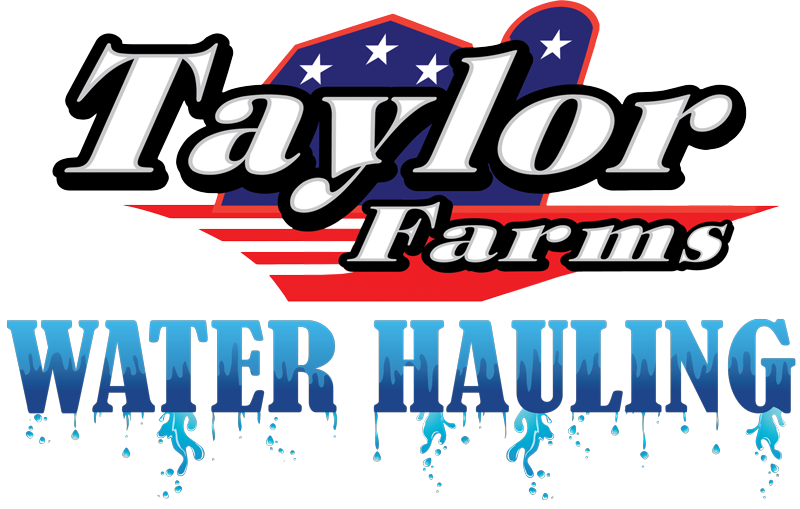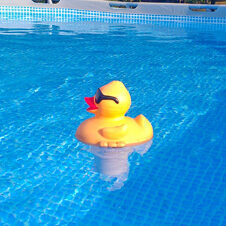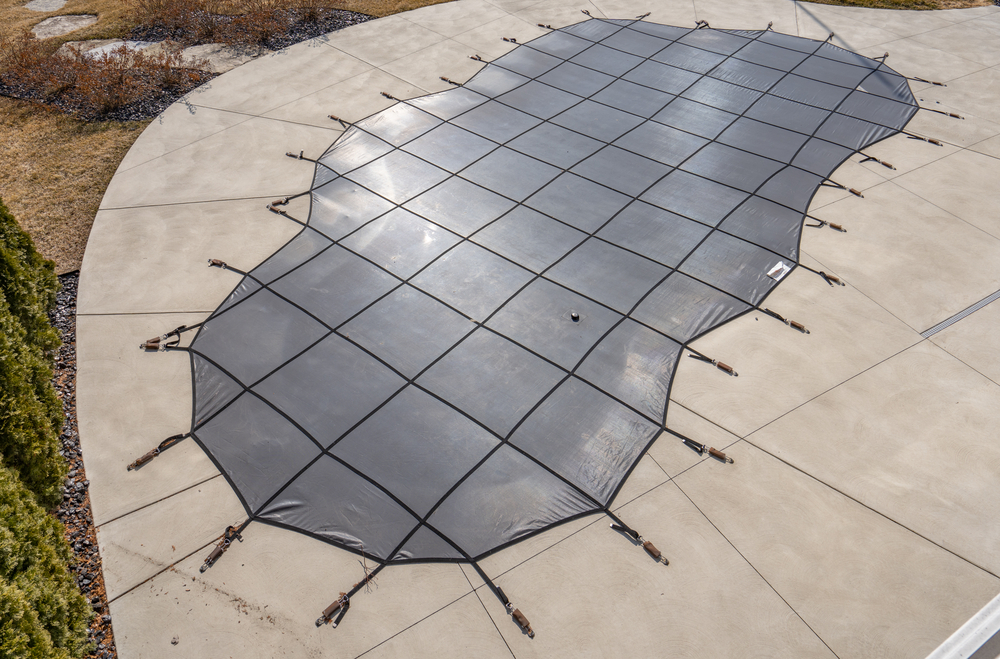The best time to close your pool for the winter season is when the weather drops below 65 degrees.
Algae won’t be able to grow as well below this temperature, which will keep your pool is kept cleaner, and reduce your risk of a nasty surprise in the spring. In the Eastern Panhandle, this typically means you’ll close your pool in October and opening it back up in April.
When the time comes, the first thing you’ll do is gather all your pool closing equipment, which includes:
- A pool skimmer
- Cleaning materials like a pool vacuum and wall brush
- Chemicals and chemical test kit
- All the parts related to your pool cover
- A pool air pillow
Clean Your Pool
When you’re ready to close your pool, the first step is to give it a good cleaning.
Unless you plan to do work to your pool during the winter, you won’t need to drain all the water. Since your pool water will be sitting for a few months, ensuring it’s clean is an important step.
Cleaning your pool will help the water over the winter month, making it easier to open your pool in the spring. Remove any debris with your pool skimmer, brush down your pool’s walls, and vacuum the floor.
This prep work makes it easier to balance the water, and it helps prevent algae and bacteria from growing over the winter.
Optimize the Chemical Balance
In the summer, you balance your chemicals regularly, but in the winter, you’ll leave your pool alone for many months.
For this reason, you have to make sure that the chemical are balance before you close your pool.
Start by testing your pool water’s pH balance to find out whether it is too acidic or too alkaline. A low pH can be damaging because the surfaces of your pool will start to corrode, and a high pH can cause scale to form.
Ideally, your pool will have a pH of between 7.4 and 7.6 and an alkalinity of between 100 ppm and 150 ppm. You can also test the chlorine content, which should be between 1 ppm and 3 ppm, and the calcium content, which is optimized when it is between 175 ppm and 225 ppm.
It’s better to be on the high side than the low side of these ranges since you won’t be using the pool for several months.
Add Winterizing Chemicals
During the winter, your pool will need additional chemicals.
You can purchase a winterizing chemical kit from your local pool supply store that contains everything you need to properly close your pool.
Be sure to check the label before you add the chemicals to your pool as some require you to run your filter, while others don’t.
Shock Your Pool
Before you close your pool, you’ll need to complete a process called shocking.
Shocking your pool keeps it clean from contaminants like bacteria and algae. This treatment involves adding a substance like calcium hypochlorite to the water and letting it sit for eight to 24 hours.
It’s best to add pool shock right before you close your pool, so it remains contaminant-free throughout the winter.
To be on the safe side, some people also add some winter algaecide, but this is an optional step. If algae growth isn’t very high in your area, you might not need it.
Clear the Lines of the Pool
In the next step to close your pool, you’ll need to remove the hoses, chlorinator, and pool pump.
To prolong the life of these pieces of equipment, it’s best to store them in a safe, dry place during the winter, ideally indoors.
There are various kinds of pool filters. Cartridge filters and sand filters both have to be stored indoors, but the exact steps depend on the brand you have purchased. Refer to the manufacturer’s manual or ask your local pool experts if you’re not sure how to clean and store your filters.
Install the Pool Pillow and Pool Cover
Before you close your poool, you may need to drain some of the water out to avoid your skimmer from freezing and cracking.
Most above-ground pools and some in-ground pools require an inflatable pillow, which is placed between the water and the pool cover to protect the cover from the weight of ice and snow and to keep debris off the pool. Inflate your pillow to around 50-60% of its capacity to prevent it from popping.
Finally, you’re ready to install the cover over your pool. Again, the method depends on the type of cover you’ve purchased. Some are made out of plastic, and others are wooden.
Avoid Common Mistakes
Follow all the guidelines on how to close a pool with your chosen cover and use the equipment provided by the manufacturer, if available.
When you’re ready to close your pool it isn’t very complex. It does take a few hours to properly clean and prepare the water, clear the lines, remove the filters and pumps, and place the pool cover. When you’re ready to open your pool, call Taylor Farms Water Hauling to fill up or top off your pool water.
If you’re searching for clean, locally sourced water for your swimming pool, large event, construction site, or emergency service your search is over!
Taylor Farm’s Water Hauling is the area’s leader in water delivery for West Virginia, Maryland, Virginia and limited areas of Pennsylvania. You may contact us online or call us at 304.229.1194. We deliver water for any size swimming pool or hot tub, ponds, and cisterns. We also provide potable water for events and emergency services.




